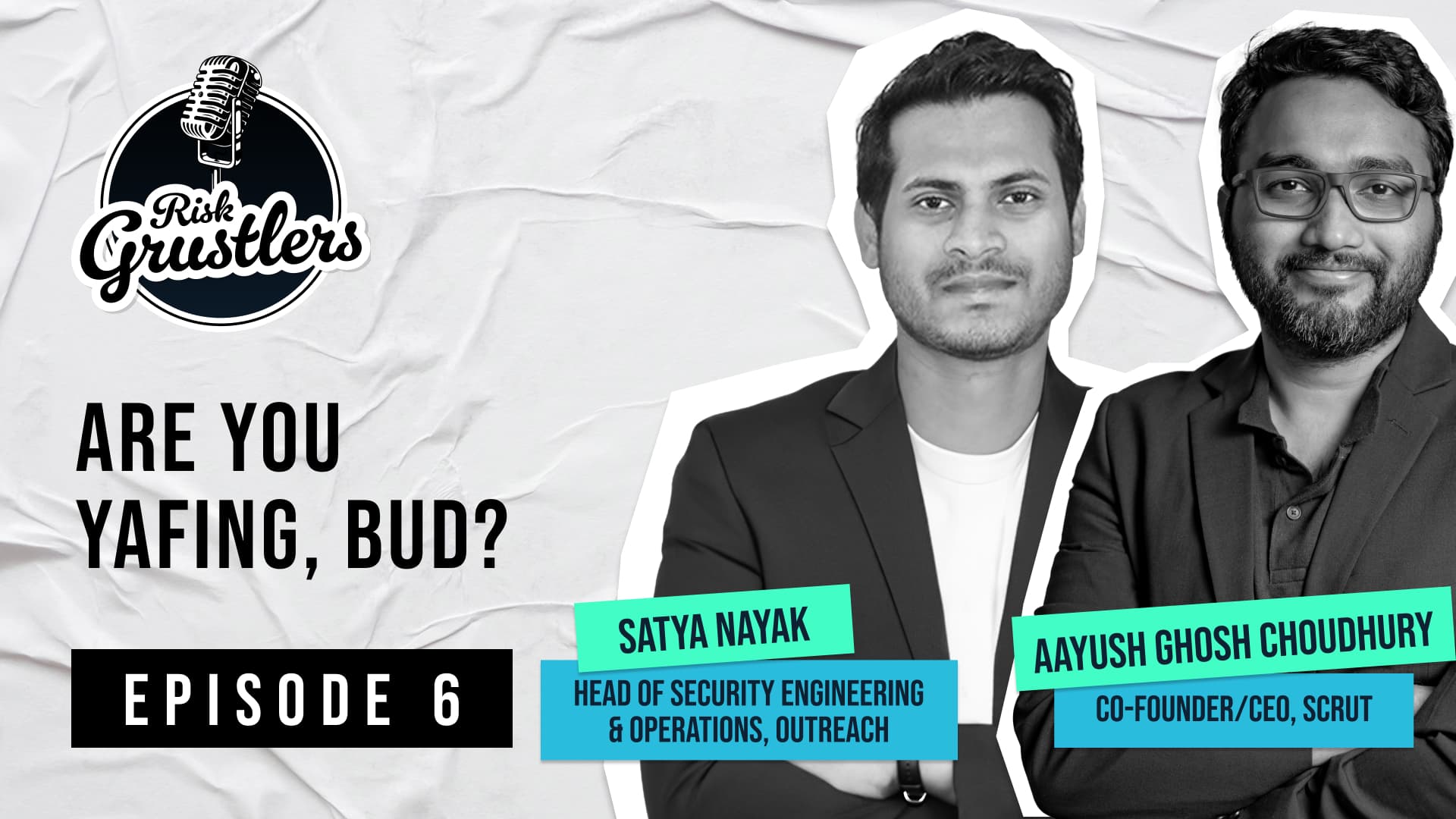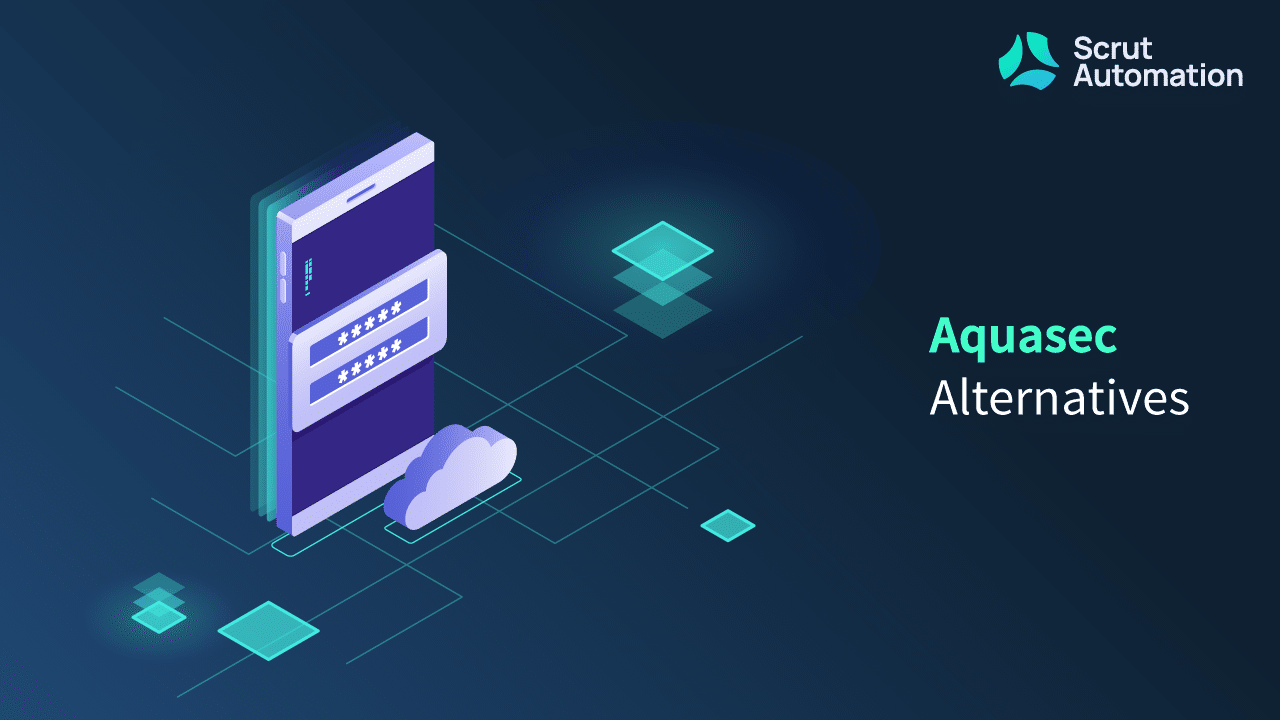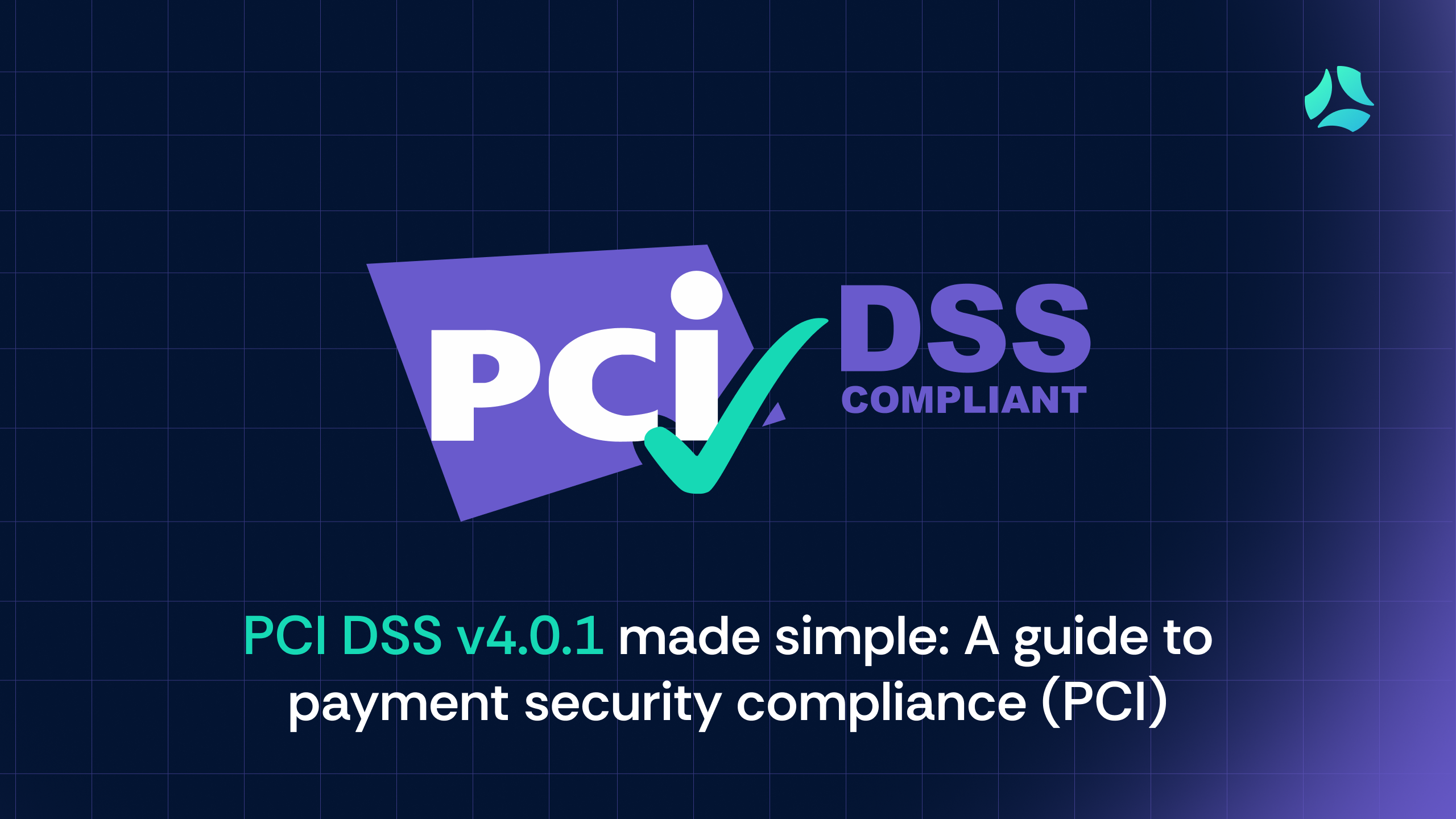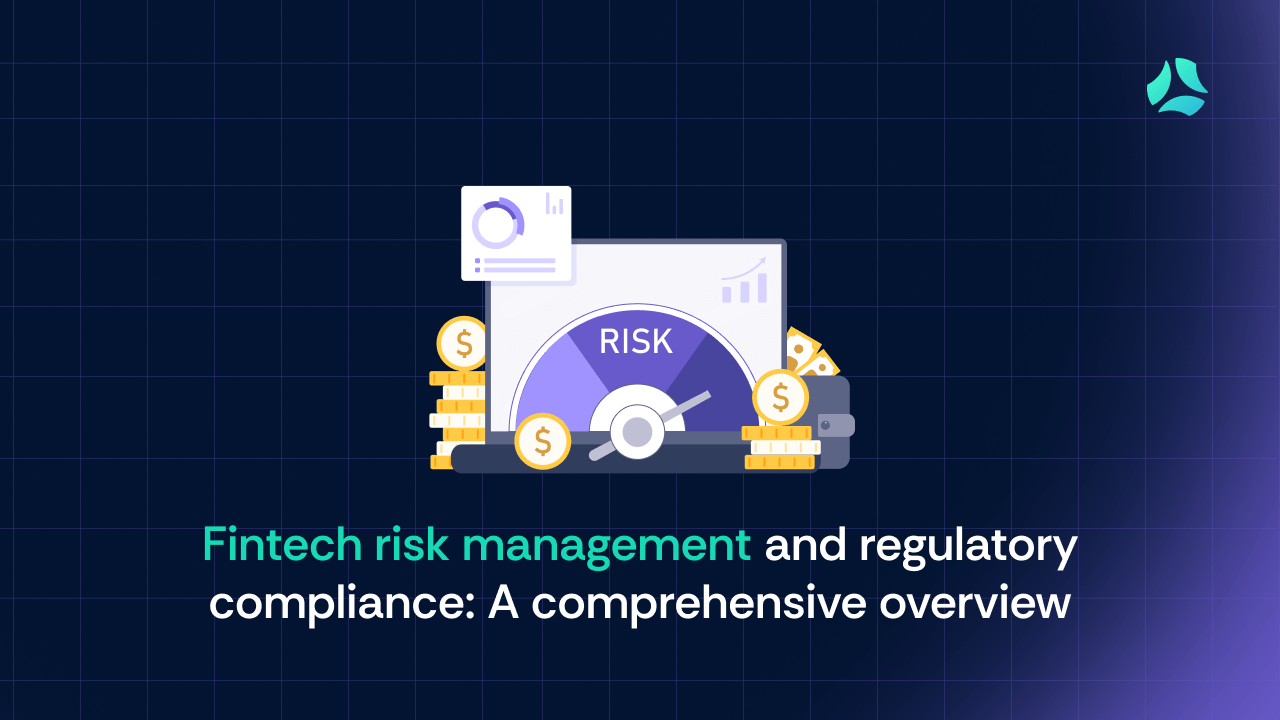Compliance management is a constant struggle for CISOs, especially with evolving regulations like SOC 2, ISO 27001, and GDPR. They face immense pressure to maintain compliance across various areas—policies, processes, controls, risk management, vendor assessments, and security configurations. The sheer volume of tasks can feel overwhelming, especially as regulations evolve and audits grow more complex.
Enter CATs (Control Automated Tests), a powerful solution that automates compliance checks, running tests every 24 hours to ensure your organization stays in line with regulatory requirements—from policy adherence to cloud configurations. By reducing manual efforts, CATs help organizations stay audit-ready and reduce the workload for GRC teams.
In this blog, we’ll explore five use cases demonstrating how CATs simplify the compliance process, helping CISOs stay ahead of regulatory requirements and mitigate costly compliance risks.
Why automated compliance testing is non-negotiable for CISOs today
As non-compliance costs continue to soar—reaching an average of $14.82 million per company, according to a 2023 Ponemon Institute report—CISOs are under immense pressure to maintain continuous compliance.
Manual compliance checks are time-consuming and highly prone to human error, making it increasingly difficult to meet the growing demands of auditors, boards, and regulators.
In this high-stakes environment, CISOs need scalable solutions that automate repetitive tasks, reduce risk, and offer real-time visibility into their organization’s compliance posture.
CATs automate critical compliance checks, identify gaps, and enable proactive corrective actions long before audit time arrives.
1. Automating policy compliance: Always know if your policies are up-to-date
Policy management is a constant challenge for CISOs, requiring policies to be drafted, published, and followed while ensuring regulatory compliance. Automation can streamline this process.
Test automation helps verify policy publication and acceptance every 24 hours, flagging any gaps as “failing” to spare GRC teams the hassle of manual checks.
Example:
Imagine your organization is preparing for a SOC 2 audit, and a critical security policy is still sitting in draft mode. Rather than discovering this oversight at the last minute, automated tests catch it early, ensuring the policy is published and accepted well before the audit.
Implications for CISOs:
- Prevents non-compliance surprises by continuously monitoring policy statuses.
- Saves hours of manual follow-ups on whether policies are published and accepted.
2. Monitoring employee training compliance: Automate ISMS and security campaign checks
A recurring challenge is ensuring employees complete mandatory security training, whether it’s annual ISMS training or a new security awareness campaign—chasing employees often creates a compliance bottleneck.
Automated tests track training status through compliance and MDM (Master Data Management) tools, flagging incomplete training every 24 hours and generating follow-up tasks.
Example:
A CISO preparing for an ISO 27001 audit discovers through automated tests that 5% of the workforce has yet to complete their required security training. The tests flag non-compliance well in advance, enabling timely internal follow-up and ensuring audit preparedness.
Implications for CISOs:
- Mitigates risk of audit failure due to incomplete security training records.
- Automates remediation to ensure that employees meet training deadlines well before audits.
3. Streamlining vendor risk management: No more guessing vendor risk scores
Vendor management is crucial as third-party risks rise, but updating vendor risk scores can drain resources. Many CISOs still rely on quarterly reviews, leaving gaps in assessments.
Automated tests run continuous risk assessments on vendors, flagging outdated scores. If a score isn’t updated, the test generates a “failing” result, triggering a deeper review—essential for frameworks like GDPR or SOC 2.
Example:
Consider a scenario where a cloud provider hasn’t been assigned a risk score for months. Automated tests detect this gap and notify the GRC team, ensuring vendor risk is continuously monitored and maintained. Without this automated test for compliance, a CISO may miss the issue until a critical audit.
Implications for CISOs:
- Continuous monitoring of third-party risks with automated, timely tests.
- Less reliance on manual vendor reviews and more proactive management.
4. Strengthening access control and identity reviews: No more missed access reviews
Tracking user access rights is crucial for compliance, but managing periodic reviews across different frameworks is complex. Automated tests for compliance simplify this by tracking completed and pending reviews linked to relevant frameworks.
Completed reviews are marked as passing, while incomplete ones are flagged as failing. Users can quickly prioritize and address pending reviews to ensure efficient compliance.
Example:
If an access review linked to HIPAA is not completed in the present quarter, the associated compliance test will show as failing. The admin notices this and follows up with the respective POC to resolve the issue.
Implications for CISOs:
- Automates tracking of routine access reviews and prevents the risk of outdated permissions.
- Enhances security by identifying gaps in outdated access reviews across applications.
5. Continuous cloud security monitoring: Real-time assurance for your cloud and applications
With most enterprises moving to the cloud, ensuring cloud security compliance is crucial. However, dynamic cloud configurations can be complex.
Automated compliance tests run daily on cloud environments, flagging issues like unencrypted databases or insecure endpoints. This continuous monitoring helps maintain alignment with frameworks like CMMC or GDPR.
Example:
In a dynamic AWS environment, automated compliance tests detect an unencrypted S3 bucket. Without CAT, this misconfiguration might go unnoticed for weeks, potentially exposing sensitive data. The team can quickly address the issue, minimizing risk by identifying it in real time.
Implications for CISOs
- Real-time cloud compliance with automatic configuration checks.
- Immediate risk mitigation by flagging misconfigurations as they occur.
In an era where 85% of organizations fail their initial audits, according to an ISACA report, continuous automated compliance testing is becoming more than a “nice to have.”
CAT offers CISOs a practical way to automate routine compliance checks across policies, training, vendors, access controls, and cloud environments, ensuring compliance doesn’t falter between manual reviews.
Conclusion
Automated compliance tests are a game-changer for CISOs, streamlining the compliance assessment and management process, improving audit readiness, and eliminating the common pitfalls that can lead to costly non-compliance.
With tools like Scrut, organizations can continuously monitor their compliance posture, proactively address gaps, and stay ahead of evolving regulations. For CISOs, these automated solutions act as a safety net, ensuring that when auditors come knocking, your organization is always prepared—no panic, no last-minute scrambles, and no risk of missing critical compliance gaps.
Schedule a demo to learn more about how Scrut can help you streamline compliance management.
Download our free compliance guide to discover how compliance automation can support your efforts and reduce your workload. Explore our eBooks and blogs for expert insights and best practices.
Get in touch with us to take the next step.
Frequently Asked Questions
Control Automated Testing (CAT) is an automated tool that runs compliance checks across various areas—such as policies, training, vendor risk, access controls, and cloud configurations—on a regular basis (typically every 24 hours). It helps CISOs by identifying gaps, flagging non-compliance early, and reducing the manual effort required for tracking and remediation.
Automating policy compliance ensures that policies are continuously monitored for publication, acceptance, and adherence by employees. It eliminates the need for manual checks, reduces human error, and flags any gaps early, so CISOs can avoid last-minute compliance surprises, especially before audits.
Key use cases for automated compliance testing include:
• Policy management (ensuring policies are up-to-date and acknowledged)
• Employee training compliance (automating tracking of training completion)
• Vendor risk management (continuous monitoring of third-party risk)
• Access control reviews (ensuring access reviews are completed on time)
• Cloud security monitoring (detecting misconfigurations in cloud environments).
Automated compliance tests continuously track key compliance areas, identifying issues as they arise. This proactive approach prevents last-minute surprises, reduces manual effort in audit preparation, and ensures that all required checks are completed and documented before audits, saving significant time and resources.
Yes, automated compliance testing minimizes the risk of non-compliance penalties by providing real-time insights into areas of vulnerability. By continuously monitoring and flagging gaps, CATs allow CISOs to address issues before they escalate, ensuring that their organization remains compliant with regulatory requirements and avoids costly penalties.





